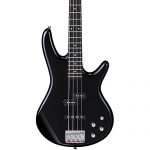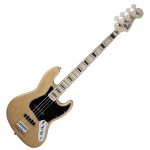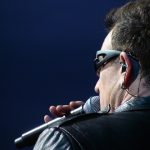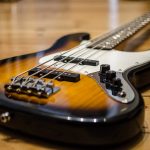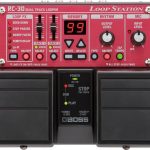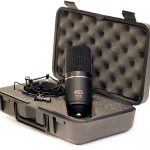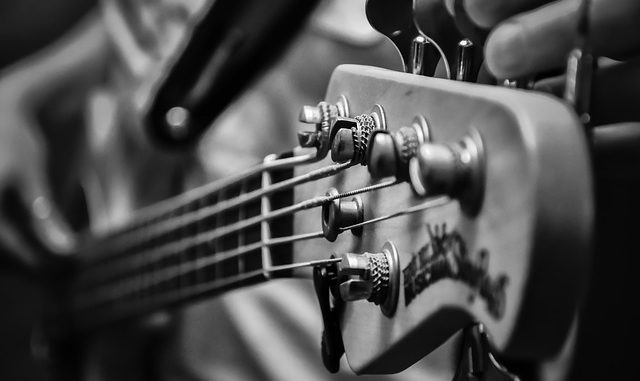
Both bass players and audio engineers come across this issue a lot. EQ is a powerful tool which can add a huge amount to your sound, or to your mix if you have recorded a track, but it is a detailed art, and if you don’t have a lot of experience it can be tough to know how to EQ your bass guitar to the best effect possible.
EQ comes in at different stages. For instance, you may have a gorgeous amplifier which you have tweaked EQ settings on, or you may have a specific Equalizer effects pedal which alters your sound before recording. Different bassists and genres opt for different sounds, but this is more to do with their chosen tone.
On top of this, EQ will be used in the recording studio once you’ve recorded your bass, probably as an audio plugin or as an outboard effect. Effective use of an equalizer should properly shape the frequencies playing so as to get a crisp, deep and even tone of bass guitar and also leave space for the other instruments in the mix.
EQ via Pedals
EQ Pedals aren’t as detailed as the post-production tactics we explore below, but they can help to shape the sound so that it is closer to something you are happy with before it becomes time to mix. As with all EQ, it is better to cut than to boost, so keep this in mind when you are playing around with the frequencies.
If you are going to use a pedal, we recommend a bass-specific EQ pedal such as the Boss GEB-7 7-Band Bass EQ Pedal, which gives a huge amount of control of the lower frequencies which we are more interested in for bass guitars.
EQing in Post Production
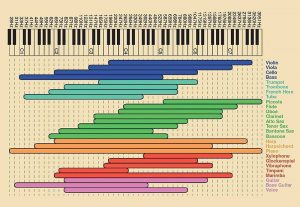
As the super-useful chart above shows, the vast majority of bass frequencies occupy the low end of the EQ. If the range of human hearing is (theoretically) 20 hZ to 20khZ, the bass resides between 40 hZ and about 5khZ.
Many people will be doing this editing with a plugin. Waves have some brilliant plugins, but there are free ones out there, and most DAWs come with their own. A visual EQ can be really helpful whilst you are developing an ear for it.
The first thing to do is roll off the low end. Realistically, speakers and human ears get no benefit from frequencies under 40 hZ, so getting rid of them reduces muddiness without losing anything. This can be done with a high-pass filter.
Between 40 and 5k is where the magic happens for bass, as we’ve established. In EQ terms it is normally better to cut rather than boost, however, many people look for a little boost at around the 1khZ mark or even just below, this can give the ears a way of picking out the frequencies below and creates a really deep, thick bass sound if used correctly. Between 40 and 5k there is room for a little experimentation, and depending on your own tone, slight EQ alterations in this range can just tidy up the sound and give the desired effect.
Above 5khZ you have a choice to make. I normally greatly reduce these frequencies but don’t totally get rid of them. All that really resides here is noise, fret noise, the attack of a pick and other incidentals. The ‘meat’ of the sound isn’t here, and by reducing these frequencies (or cutting them altogether) you can leave room for guitars, piano and other instruments and avoid a messy, muddy mix.
Top Tip – EQ in Context
Lets say you have a kick drum and two bass recordings (one microphone and one DI box). You should treat these three audio sources as one bass section. You may even wish to bus the two bass recordings together and EQ them as one. Why? Multiple sources can give you some issues with phase once you start to EQ them, and the kick drum and bass are always tied together in a mix due to operating in the same frequency range. These need to work together so that they aren’t ‘fighting’ for the same frequencies, and there could be some real trial and error with getting it right.
Further Reading:
https://www.soundonsound.com/techniques/mixing-bass
Review of Our Recommended Bass Pedal:


